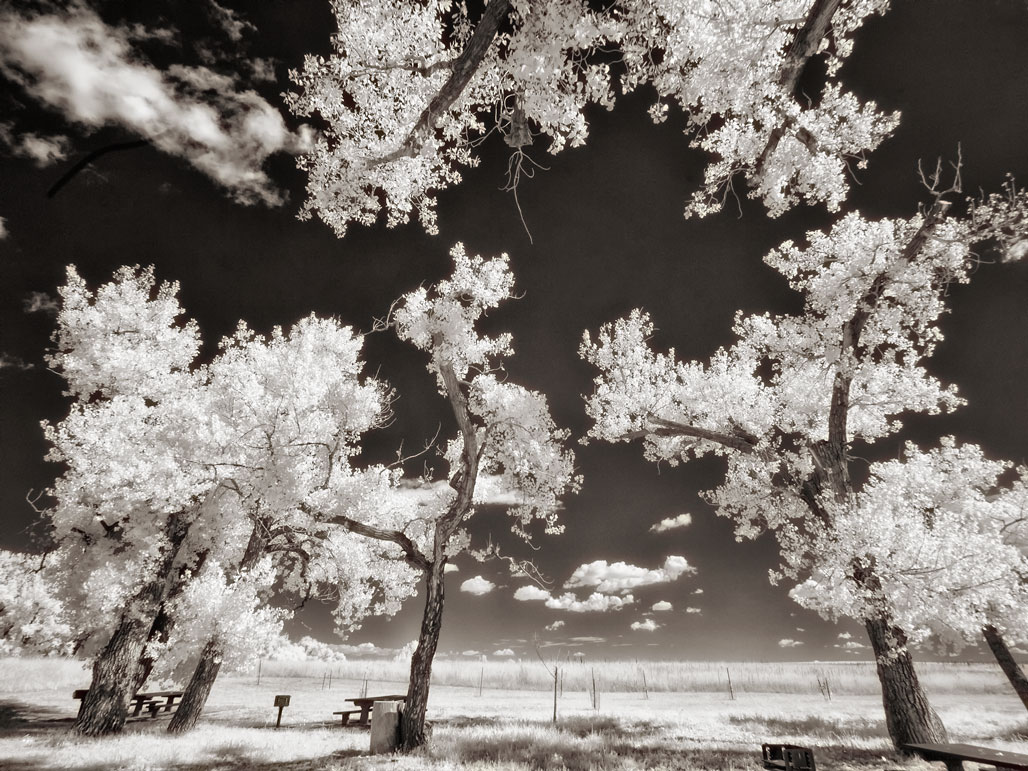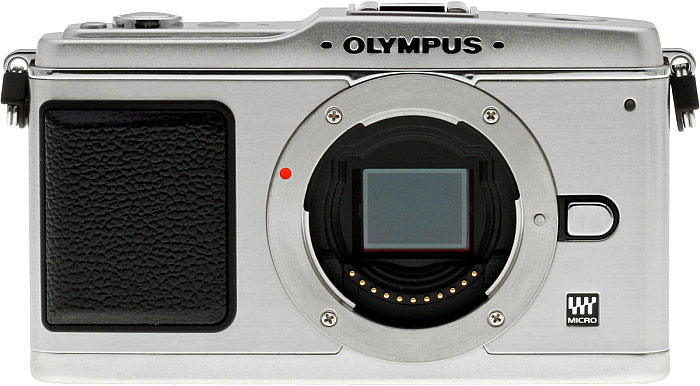My #thursdaythoughts theme has been retired for 2025. In it’s place is Anything Can Happen Day. This was what Thursdays were called on the Mickey Mouse Club where I stole the idea!
Today’s Post by Joe Farace
Someone is sitting in the shade today because someone planted a tree a long time ago. —Warren Buffett
If you’re a regular reader of this blog, you know I like to photograph trees. I even wrote a post about this passion— “A Tree is a Tree is a Tree.” The only thing I like better that photographing or writing about photographing trees is photographing trees in infrared.

The Infrared Choice
I’m often asked about what kind of camera a photographer should choose to have converted for infrared capture. For me, that has always been a simple question to answer: I pick a camera that’s the oldest I own or maybe it’s one that I use the least. That’s the one you should choose to convert for infrared capture. There’s some other reasons why this is a good idea…
Having that particular camera converted to infrared gives it a new lease on life and while it may lack the so-called IQ factor of a newer model, I typically will (try to) compensate for that fact by shooting infrared images at a modest ISO setting—usually a maximum of 400—and shooting in RAW format as I did with today’s featured image that was made in the picnic grounds at Barr Lake State Park, near Brighton Colorado.
 How I Made this Photograph: Shooting in RAW format is exactly what I did here with an IR-converted Olympus Pen E-P1. The camera is a golden oldie that was launched by the company back in 2009. The 12.3-megapixel Pen E-P1 is basically a re-bodied E-620 Four-thirds system camera whose architecture was repurposed for Micro Four-thirds use. The lens I used to capture this image was the awesome (and borrowed) M. Zuiko 9-18mm f/4-5.6 that was adapted for use on the E-P1 using the Olympus MMF-3 Four Thirds to Micro Four-thirds lens mount adapter.
How I Made this Photograph: Shooting in RAW format is exactly what I did here with an IR-converted Olympus Pen E-P1. The camera is a golden oldie that was launched by the company back in 2009. The 12.3-megapixel Pen E-P1 is basically a re-bodied E-620 Four-thirds system camera whose architecture was repurposed for Micro Four-thirds use. The lens I used to capture this image was the awesome (and borrowed) M. Zuiko 9-18mm f/4-5.6 that was adapted for use on the E-P1 using the Olympus MMF-3 Four Thirds to Micro Four-thirds lens mount adapter.
The exposure was 1/320 sec at f/11 and ISO 400. The RAW file was processed into monochrome using Silver Efex after which I applied Color Efex using its Glamour Glow filter to warm up and add some Wood Effect glow to the foliage.
 Life Pixel does a great job with IR conversions and they have done most the conversions for my Canon DSLRs as well all of my Panasonic Lumix G-series cameras. This is not a paid or sponsored endorsement, just my experience.
Life Pixel does a great job with IR conversions and they have done most the conversions for my Canon DSLRs as well all of my Panasonic Lumix G-series cameras. This is not a paid or sponsored endorsement, just my experience.
Used copies of my book, The Complete Guide to Digital Infrared Photography are available from Amazon for $17.39 as I write this. My book Creative Digital Monochrome Effects has a chapter on IR photography and is available new from Amazon for $19 with used copies starting around eight bucks